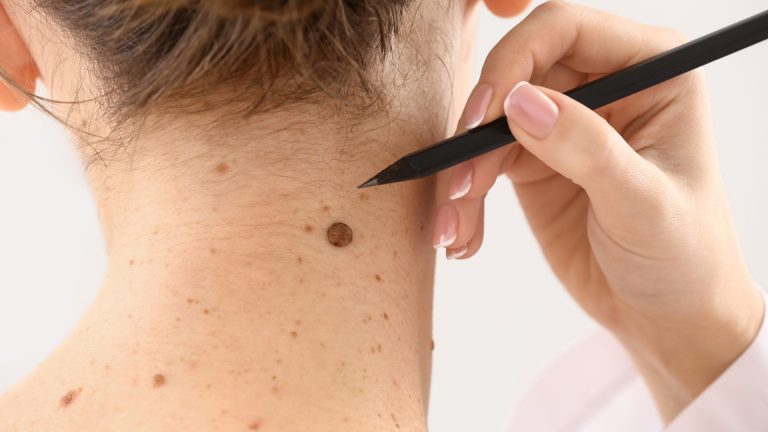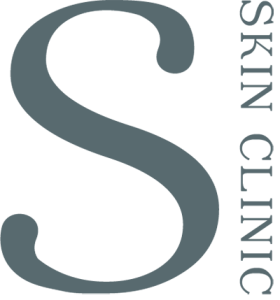Having a mole removed is a common procedure that many people undergo for various reasons, be it cosmetic, comfort, or medical concerns like preventing skin cancer. While the process of mole removal itself is typically quick and straightforward, proper aftercare is crucial to ensure optimal healing and minimize the risk of complications. This comprehensive guide will provide detailed aftercare instructions following mole removal, helping you navigate the healing process for the best possible outcome.
Wound Care Essentials
Bandage Maintenance: Your healthcare provider will cover the mole removal site with a bandage to protect it. It’s important to keep this bandage dry and intact for the first 3-5 days post-surgery. Moisture can breed bacteria, so avoid getting the site wet.
Gentle Cleaning: After the recommended period, you can gently clean the area with mild soap and lukewarm water. Be sure to pat the area dry with a clean, soft cloth—rubbing can irritate the site or disrupt the healing process.
Ointment Application: An antibiotic ointment may be prescribed by your doctor. Apply a thin layer to the wound site once or twice daily to prevent infection and keep the area moist, which can aid in healing.
Showering: While you can shower 24 hours post-procedure, direct water spray should be avoided, and the wound should not be soaked. Gently pat the area dry after showering.
General Care Post-Procedure
Managing Discomfort: Some discomfort or pain is normal after mole removal. Over-the-counter pain relievers like paracetamol or Tylenol can help ease the pain. Follow the dosage instructions and consult with your doctor if pain persists.
Sun Protection: UV exposure can negatively affect healing and may lead to darker scarring. Protect the area with a broad-spectrum sunscreen of SPF 30 or higher, and consider additional protection like wearing a hat when outdoors.
Physical Activity: Rest is crucial in the days following mole removal. Avoid strenuous activities that could stretch or stress the wound area for 1-2 days or as advised by your healthcare provider.
Cosmetics: Refrain from applying makeup directly to the healing wound until it has completely healed to prevent infection and irritation.
Monitoring Your Healing
Be vigilant for signs that could indicate infection or complications:
- Redness, swelling, or increased pain
- Bleeding from the site
- Pus or foul-smelling drainage
- Fever over 100.4°F
- Signs of infection, like red streaks or swollen lymph nodes near the area
If you notice any of these symptoms, contact your doctor immediately.
Expected Outcomes
Healing Time: The wound typically heals within 3-6 weeks. Healing time can vary based on the size of the mole removed, the method used, and your body’s natural healing process.
Scarring: Some degree of scarring is to be expected. The appearance of the scar will largely depend on how well you follow these aftercare instructions and your skin’s healing capabilities.
Follow-Up Care: A follow-up appointment is usually scheduled a week post-procedure to assess the healing process and address any concerns.
Contact Your Doctor
If you experience any of the signs listed above or have any concerns about the healing process, please contact your doctor immediately at the following:
- Phone: 9871057657
- Email: [email protected]
- WhatsApp: 9971974664
Additional Aftercare Tips
Diet: A nutritious diet can support the body’s healing process. Focus on whole foods rich in vitamins and minerals and stay hydrated.
Smoking: Smoking can delay healing and increase the risk of complications. It’s advised to avoid smoking for at least 1-2 weeks post-procedure.
Alcohol: Like smoking, excessive alcohol consumption can interfere with the body’s ability to heal. Limit alcohol intake during the recovery period.
Mole removal is a routine procedure with a straightforward recovery process. By following these aftercare instructions, you can help ensure a smooth healing process, minimize the risk of complications, and achieve the best possible result. Remember, your healthcare provider is your best resource for advice and information tailored to your specific situation. Don’t hesitate to reach out to them with any questions or concerns during your recovery.



